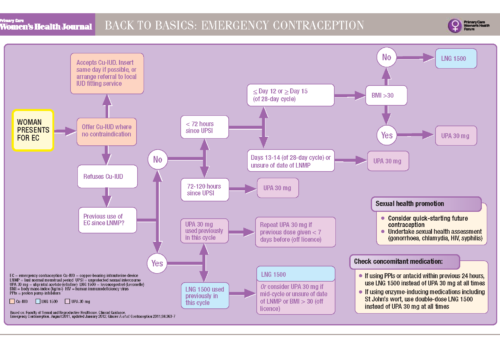Like falling off a cliff’ or ‘falling into a black hole’. This is how stroke survivors and their carers often describe discharge from hospital back to their own home. Recognising this issue, the National Stroke Strategy recommended planned reviews to identify unmet needs for health and social care, and secondary prevention. This article discusses tools designed to help professionals to review the evolving needs of stroke survivors and their families.
Making sense of liver function tests
The liver has many functions, and therefore diseases of the liver have numerous consequences. These can be detected and monitored with blood tests. This article provides a review of liver function tests, or LFTs, and how they relate to the key functions of the liver and some of the most common liver diseases.
Starting insulin treatment for type 2 diabetes
On the beat: Controlling heart rate in angina and heart failure
Controlling heart rate is a key element of good care of patients with angina or heart failure. In this article we explore the benefit of effective heart rate control to reduce hospitalisation and alleviate symptoms. Measuring heart rate is simple, and can provide valuable benefits for many patients.
Chronic kidney disease: the no tears review
Many drugs are cleared from the body by the kidneys, so careful medicines management is especially important in people with chronic kidney disease (CKD). This article explains how to ensure CKD patients receive recommended therapies designed to protect their kidneys and reduce their risk of a heart attack or stroke.
Editorial 2 – If I had one wish for improving the management of liver disease…
Editorial 1 – Putting chronic liver disease on the primary care agenda
Chronic liver disease is a problem for all of us. It develops silently, often taking many years to cause sufficient damage to be detectable or cause signs or symptoms for which a patient would seek attention. Primary care has a central role in improving the prevention and early detection of chronic liver disease. This special issue of the British Journal of Primary Care Nursing (BJPCN) and Primary Care Cardiovascular Journal on chronic liver disease is full of step-by-step guides and informative articles to give you the key information and tools to get to grips with this important condition.
Fat: separating the facts from the fiction
Fat is an important part of the diet, providing fat-soluble vitamins and essential fatty acids, as well as a valuable source of energy or calories. Fat also increases the palatability and carries the flavour of many of our foods. The problem is, despite decades of public health campaigns, most of us still eat too much of the wrong fat. Understanding the different types of fat can help us to advise our patients on ways to optimise their diets.
Emergency contraception: Towards a multidisciplinary consensus
This supplement is sponsored by HRA Pharma, on behalf of whom the Expert Working Group was convened and funded. Editorial control has remained with the authors and the journal at all times. HRA Pharma reviewed the text for regulatory accuracy just prior to printing.
Editorial
Last time I shared my thoughts with you, I was eagerly anticipating the Department of Health’s sexual health policy document for England. Indeed, since publication was promised for spring 2012, I was worried that my comments might be overtaken by events. But the policy will now appear some time this summer, and I am concerned that the resulting delay and uncertainty mean that there may be little time to ensure that we maintain standards of local contraception and sexual health services.
Breaking the vicious cycle of chronic pelvic pain
Chronic pelvic pain presents in general practice at the same rate as asthma and back pain, and is one of the most common reasons for referral to a gynaecologist. Since chronic pelvic pain is a symptom rather than a diagnosis, a thorough history and examination are essential to avoid a sometimes vicious cycle of referrals or investigations that only cause further anxiety for the patient.
Back to Basics: Emergency contraception
Based on: Faculty of Sexual and Reproductive Healthcare. Clinical Guidance. Emergency Contraception. August 2011, updated January 2012; Glasier A et al. Contraception 2011;84:363-7























